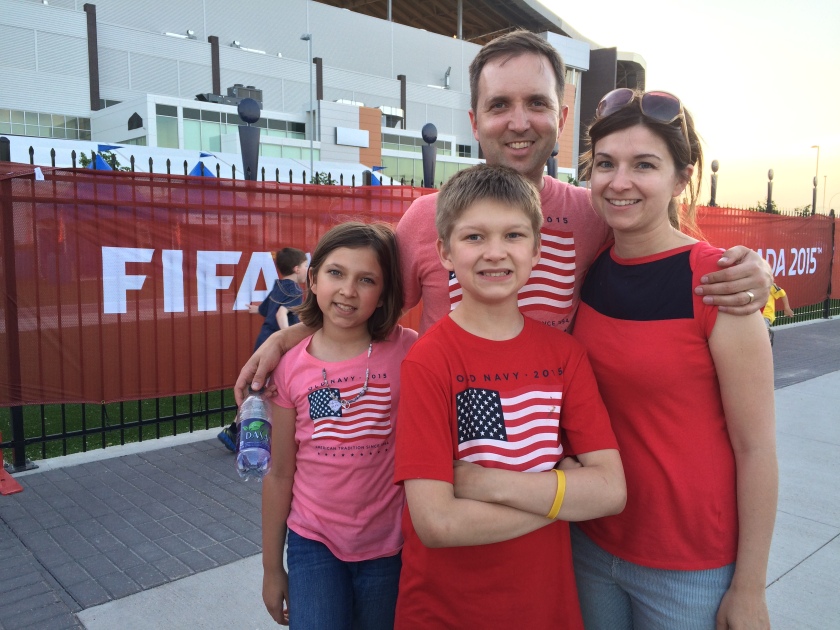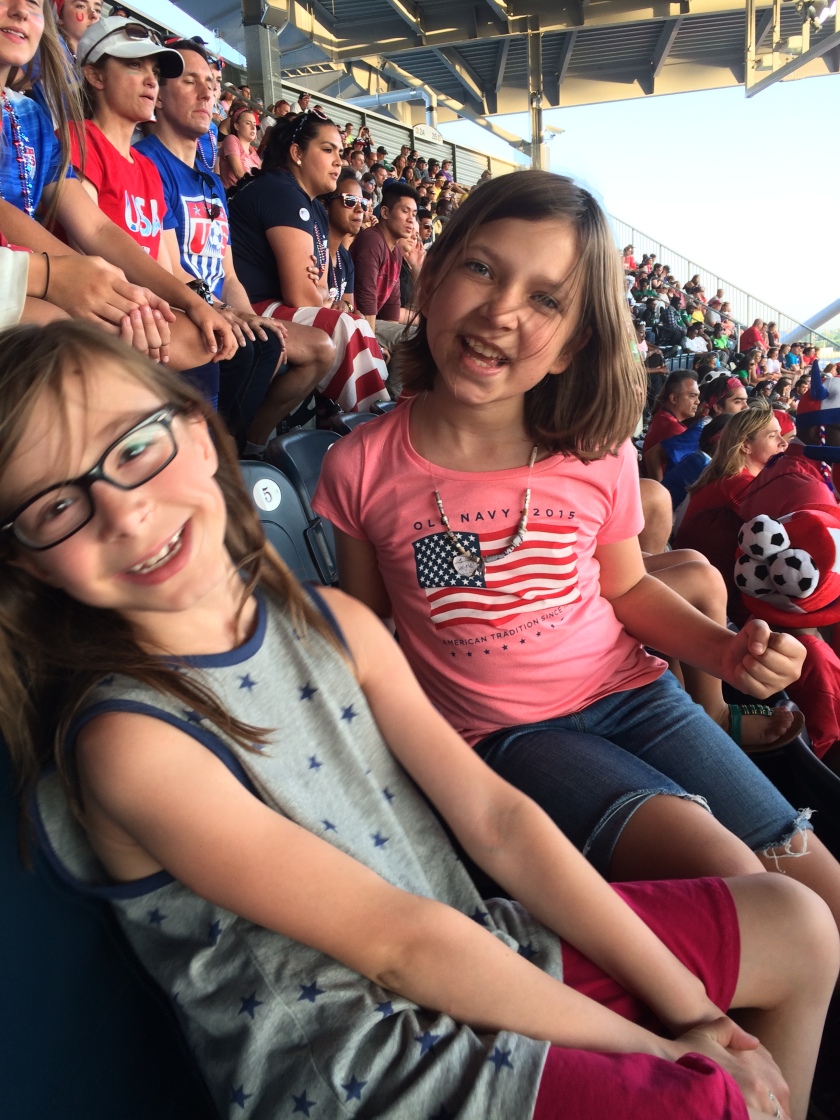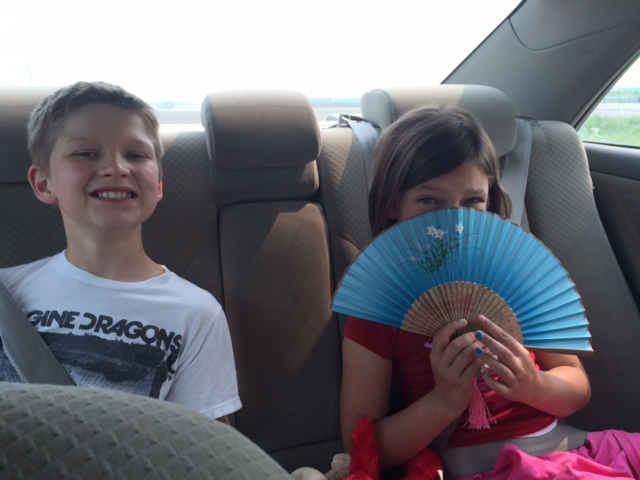
We’ll start with room 404, because everyone loves a good hotel story. There’s something about being transient, staying overnight in a strange room where other people have slept just hours before you. Newsmagazines like 20/20 like to go in and investigate with black lights all of the horrors that lie in the bed sheets, walls, and bathrooms. For some reason we like to be thrilled and terrified by hotel rooms.
Growing up, my family had a lot of road trips, and the highlight of every road trip for me and my sister was staying in motels. We loved the creepiness of them. We loved to freak each other out with the “did you hear that?” “did you see that?” at the random gurgles of the running toilets or flash of headlights pulling into the parking lot in front of the room next to us. I remember one night sitting at the edge of a lumpy floral comforter, staying up to watch an episode of Sherlock Holmes on a patchy cable station on our way to our grandparents in Ontario. It was the Adventure of the Speckled Band–the one about the mysterious room in the mansion where they find a person dead and discover that the perpetrator is a adder snake that crawls through the ventilation system to access its victim. Best episode ever for a night in a motel. For the rest of the night my sister and I lay terrified, twitching under the wool sheets waiting for a snake to crawl through the vents. Best motel stay ever.
Unfortunately terrifying never ends up being thrilling for J. It always just stays terrifying. We headed up again to Winnipeg on Friday to watch the Women’s World Cup USA v Sweden match because Steve and W are crazy about soccer. At first it seemed that we could pull off another whirlwind trip up to Winnipeg and to make it easier on us, we decided that this time we’d stay in a hotel and not have to roll into Fargo at 3 am. Everything seemed to be going our way, J cleared the 25 min wait at the border, there was no fighting between J and W in the backseat, Steve and I were relatively calm, despite the fact we realized that we were running late and we still needed to stop at our hotel in downtown Winnipeg before we could eat dinner and loop back to the stadium. It was about 5 min into Winnipeg when J started to get panicky.
J: “We’re staying in a hotel, right?”
Me: “Yes.”
J: “When are we going to the hotel?”
Me: “Right now.”
J: “I want to be there NOW.”
Me: “We will, it’s just a few more miles.”
At this point, J starts hyperventilating in the back seat. I feel his feet kicking the back of my seat and his voice gets higher and higher in pitch as his sister, W tries to calm him down.
J: “We’re here, we’re at the hotel!”
Steve: “We’re almost there. It’s on Smith St. Can you help me find Smith St?”
At every intersection J yells, “Stop the car, we’re here, we’re at Smith St.”
All this is happening while Steve and I are trying to navigate downtown Winnipeg–the one ways, the funky intersections, the driving lanes that all of a sudden turn into side street parking and you have to switch lanes last second, eyes scanning frantically for Smith street. The entire car is a shaken up pop bottle just waiting to explode.
J is crying in the back seat: “My head hurts, my stomach hurts.”
And then I realize J is having a panic attack and I suddenly realize why he needs to get to the hotel now.
J has number phobias–right now it’s the number 142. He collects bad numbers in his brain and likes to let them stew in anxiety until they’re absolutely perfectly tainted and some sort of catastrophic event is going to occur if that number pops up. I’m not sure if it’s the autism, the anxiety, obsessive compulsive disorder. At this point it doesn’t matter. This isn’t the imaginary snake in the room that’s thrilling and terrifying. This is the number 142 we’re talking about and to J is just terrifying.
I know exactly what the problem is, and I can’t do anything about it.
“What number is it? What number are we staying in?” J yells between sobs.
“I don’t know,” I say, “It doesn’t matter. It’s just a number.”
J: “What number is it!” he shrieks.
There are ways to talk through anxiety, things I should be doing but I don’t remember right now and I don’t care. I’ve been in the car for 3 hours. I’m a little stressed out right now.
“I don’t know,” I yell back, “It’s just a stupid number. You have to learn to just get over it. It’s just a number. Get over it!”
I know. Not my finest parenting moment. And with everything I’ve read about parenting anxiety, it’s probably one of the worst things to say to someone with anxiety: just get over it. I’m not a person who has chronic anxiety. Yes, I have my stress out moments like right now in the car, but real anxiety doesn’t make sense to me. I’ve had this discussion with J’s therapist before. He’s explained to me that anxiety doesn’t make sense. That’s it’s a faulty switch in the brain that makes the brain go into fight or flight mode over (seemingly) non threatening stimuli. To J, it makes total sense to him.
By the time we pull into the parking lot, J is jumping out the car. Steve and I barely have time to process what kind of place we’ve checked into, since there is a security officer patrolling the lot and it IS downtown and it was the last available room in Winnipeg and there are a lot of random people just loitering. We quickly catch up to J and head inside. J beats us to the lobby desk and on his tiptoes (it’s a really tall desk) leans over to the man in a ponytail and practically yells at the man, “What number is it!”
“Hey,” Steve says, “We just came in from Fargo, and we just want to check in.”
I say a silent prayer to myself that we are not staying in #142.
“Room 404,” the man says, sliding the keys to Steve. “You can take the elevator or stairs.”
“304?” J says–this is his trick. He’s still revved up on anxiety and changing things makes him feel like he’s in control when he feels so out of control.
“You know it’s 404,” Steve says to J. “And this number’s just fine.”
After we unload our car and wave goodbye to the security officer, we head to the stadium. J is still revved, but he’s starting to calm down. In fact, by the time we make it to the stadium, he’s exhausted.

Somehow we made it to the stadium on time. Somehow we survived the game–buying $12 worth of water bottles (at $3 bucks a piece) because that’s all the Canadian cash I had on me. J wanted mini donuts but he handled just having water. The poor kids was exhausted. For most of the game, he lay in Steve’s lap as we all cooked in the sun. W had a blast. We sat by some good friends of ours from Fargo and W loved sitting by her BFF. She got into all the crowd chants. She loved picking out the plays and the “bad calls” along with the people who sat behind us (whose American flags kept flapping at the back of my head. I kept thinking I was having beer spilled on me). I’m glad she had a good time.

It sounds a little dramatic. Lots of times things in the Beck family end up being a little dramatic. A lot of that is because of the autism. But I would go back and do this trip all over again. Just because it can be stressful doesn’t mean that we shut down life and hide out at home. W needs these experiences. J needs these experiences. Steve and I need to get out and have a life too.
It’s all part of trying to navigate real life. Meltdowns included.










































